Are you planning to become a tattoo artist? If yes, then it is essential for you to practice your tattooing skills on a practice skin before you start inking on a human body. This article provides a step-by-step guide on how to use tattoo practice skin, to help you sharpen your tattooing techniques.
Contents
What is Tattoo Practice Skin?

Tattoo practice skin is a realistic material that is used to simulate a human skin surface. It is specifically designed for practicing and perfecting tattooing techniques. The texture and composition of tattoo practice skin is similar to that of human skin and it has a realistic look and feel to it. The skin is thicker and less stretchy than real skin which allows for better control when practicing. Additionally, it is easier to clean, doesn’t require prepping, and won’t cause any long-term damage to the user.
What is the best tattoo practice skin?
The best tattoo practice skin is one that is made of high-quality, durable materials that will last through multiple uses. It should also be realistic in appearance and feel, so that it can be used as an effective training tool. Finally, the practice skin should be easy to clean and maintain for long-term use.
What is Fake Tattoo Skin Made of?
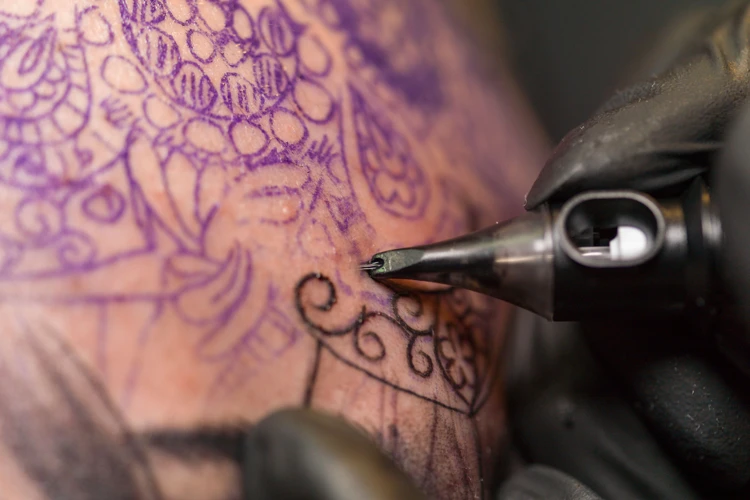
Fake tattoo skin is an important tool for those who are learning how to tattoo. It is a flexible artificial material with a realistic feel and texture that is used for practicing tattooing techniques. It is an essential part of the learning process and helps build confidence.
- Silicone: Fake tattoo skin is typically made from silicone, a synthetic material that is odorless, non-toxic, and waterproof. It is often used in medical devices and provides a realistic texture for practicing tattooing.
- Latex: Latex is another popular material used in the manufacturing of fake tattoo skin. It is lightweight and has a very realistic feel and texture, making it perfect for practicing tattooing techniques.
- Foam: Foam is often used as a backing material for fake tattoo skin. It is lightweight, flexible, and provides a cushion that helps prevent the needle from piercing too deeply into the skin.
- Plastic: Plastic is another common material used in fake tattoo skin. It is often used as a backing material to help the skin stay in place while practicing tattooing techniques.
Fake tattoo skin is an invaluable tool for those learning how to tattoo. It is important to practice tattooing techniques on a realistic surface before attempting to tattoo on a real person. By using fake tattoo skin, you can practice safely and build the confidence needed to become a successful tattoo artist.
What is Tattoo Practice Skin Made of?
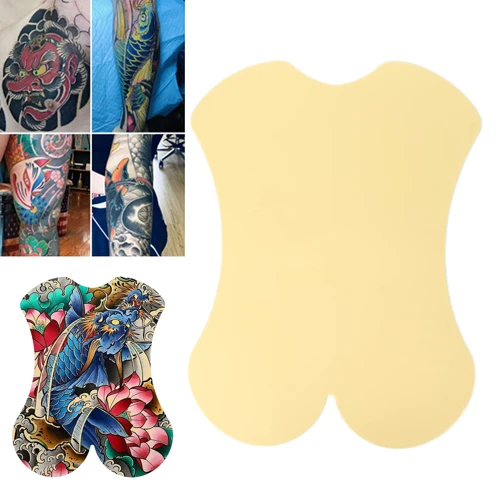
Tattoo practice skin is an artificial material used to practice tattooing techniques. It is usually made from either synthetic latex or a combination of synthetic latex and rubber. It is also sometimes made from high-quality foam, and is designed to simulate the feel and texture of human skin.
Materials Used in Tattoo Practice Skin:
- Synthetic Latex
- Synthetic Latex and Rubber
- High-Quality Foam
Tattoo practice skin is designed to replicate the sensation of working on real skin, and can be used to practice various tattooing techniques. It is also useful for perfecting the art of shading and blending colors in a tattoo. It is highly durable and long-lasting, making it an ideal choice for learning the basics of tattooing without the risk of damaging real skin.
Advantages of Using Tattoo Practice Skin
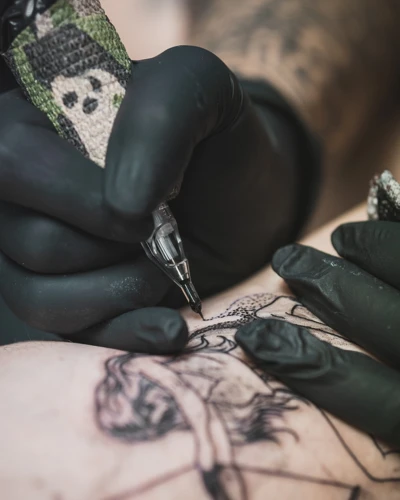
| Advantages | Description |
|---|---|
| Gives Realistic Feeling | Tattoo practice skin is designed to give a realistic feel like human skin. It is made of synthetic materials that make it feel like real skin. |
| Reusable | Unlike real skin, practice skin can be reused multiple times. This makes it a cost-effective solution for tattoo artists looking to practice their art. |
| Helps Improve Technique | Practice skin helps tattoo artists to improve their techniques and techniques. It allows them to practice different techniques and styles without worrying about making mistakes on a real person. |
| Easy to Clean | Tattoo practice skin is easy to clean. It is resistant to chemicals and can be easily wiped down with a damp cloth or paper towel. |
Practice skin is an essential tool for tattoo artists. It provides a realistic feeling, is reusable and cost-effective, helps improve technique, and is easy to clean. With practice skin, tattoo artists can practice their art without worrying about making mistakes on a real person.
How to Use Tattoo Practice Skin

Preparing the Area
Clean the area: Before applying the tattoo practice skin, make sure to clean the area with an alcohol-based cleaner. This will make sure the area is free from any bacteria or dirt.
Applying the Tattoo Practice Skin
Peel the backing: Peel the backing off the tattoo practice skin and lay it on the area where you want to practice. Make sure to smooth out any wrinkles or air bubbles.
Tracing the Design
Trace your design: Use a tracing paper to trace your design onto the tattoo practice skin. To ensure that the tracing is accurate, use a light box or a window to trace the design.
Inking the Design
Fill in the design: Once the design is traced, use a permanent marker to fill in the design. Make sure to use light strokes and to practice using different techniques.
Tips for Using Tattoo Practice Skin
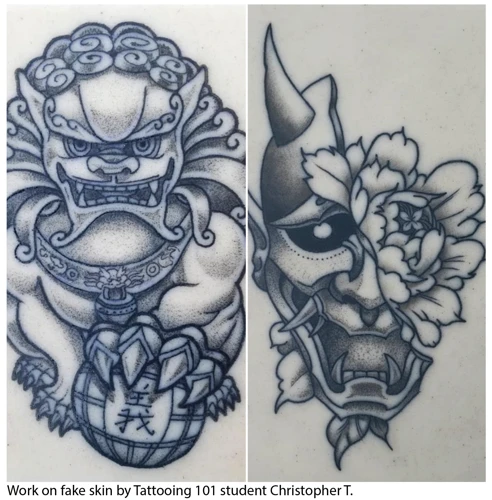
Clean the Surface: Before starting the tattoo practice session, make sure to clean the surface of the practice skin. Use a damp paper towel or an alcohol pad to remove any dirt or oil from the surface.
Choose the Right Needles: Tattoo practice skin is a bit thicker than human skin, so it’s important to choose the right needles for the job. Use a larger needle size so it won’t hurt the skin while you practice.
Prepare the Ink: Make sure to prepare the ink before you start the practice session. The ink should be blended properly to ensure that it can be applied evenly to the skin.
Practice Different Techniques: Don’t just stick to one technique. Try different techniques to get a feel of the skin. Use different techniques to get a better understanding of the skin and the ink.
Clean the Skin: After you’re done with the practice session, make sure to clean the skin. Use a damp paper towel or an alcohol pad to remove any dirt or ink from the skin.
Cleaning and Storing Tattoo Practice Skin
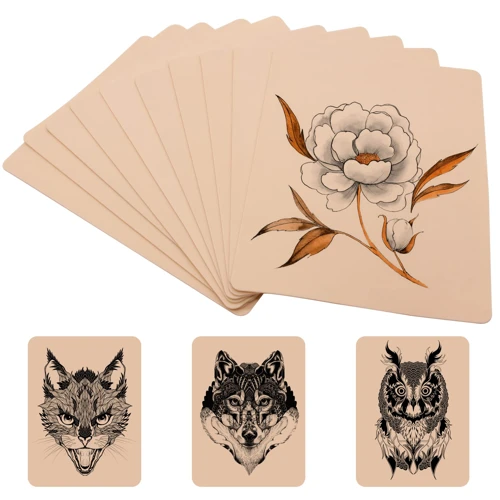
- Sanitize the practice skin before and after each use to keep it in good condition.
- Use a damp cloth to wipe away any blood, ink, or debris.
- Use an antibacterial soap to wash the practice skin and rinse it with lukewarm water.
- Dry the practice skin with a clean towel and store it in a dry, dust-free location.
- Keep the practice skin away from direct sunlight and other sources of heat to prevent fading or damage.
- Use a plastic storage bag to store the practice skin when not in use to protect it from dust and dirt.
- Replace the practice skin regularly to ensure it is in good condition for use.
What is the Best Tattoo Practice Skin?
The best tattoo practice skin is one that is realistic, durable, and hygienic. It should be made of a material that is similar to human skin and should be able to withstand repeated use without tearing or losing its shape. Here are some of the key features to look for when selecting the best tattoo practice skin:
- Realistic: The tattoo practice skin should be as close to real skin as possible in terms of texture, thickness, and color.
- Durable: The tattoo practice skin should be able to withstand repeated use without tearing or losing its shape.
- Hygienic: The tattoo practice skin should be free from bacteria and other contaminants.
- Safe: The material used to make the tattoo practice skin should be non-toxic and not cause any skin reactions.
The most common materials used to make tattoo practice skin are synthetic leather, rubber, silicone, and foam. Synthetic leather is the most realistic, but it is also the most expensive. Rubber and foam are more affordable options and are great for practice, but they are not as realistic as synthetic leather. Silicone is a great option for practice, as it has a realistic feel and is relatively affordable.
Frequently Asked Questions
What type of ink should I use on a practice skin?
For practicing tattoos, you should use professional tattoo ink, as it will give you results closest to what you would be working with on real skin. However, if you are just starting out, you may want to experiment with different types of ink such as food coloring or non-toxic markers.
How long should I practice on a practice skin before attempting a tattoo on real skin?
It is important to practice for long enough to build up your confidence and accuracy before attempting a tattoo on real skin. You can practice for as long as you need to feel comfortable with the techniques and artwork. Generally, it is recommended to practice for at least several months on a practice skin before tattooing real skin. Practicing on a practice skin also allows you to get a feel for the equipment and how it works.
What Safety Precautions Should I Take When Using a Practice Skin?
- Wear gloves to protect your hands from bacteria and other contaminants.
- Clean the practice skin before and after use with alcohol or a disinfectant spray.
- Replace the practice skin regularly and keep it away from direct sunlight and moisture.
- Dispose of the practice skin after use.
Are Practice Skins Re-usable?
Practice skins are generally not re-usable. The synthetic skin material used to make practice skins is not designed to last long and will deteriorate quickly. You should use a fresh practice skin every time you practice in order to ensure quality and accuracy.
Can Practice Skins be Used to Practice Designing Tattoos?
Yes, practice skins can be used to practice designing tattoos. Practice skins are usually made of synthetic skin-like material that mimics the texture and elasticity of real skin. They are designed to give the artist an approximation of the tattooing experience. They provide a safe and affordable way to practice designs, techniques, and gain experience before attempting to tattoo on human skin.
Conclusion
Practicing on tattoo practice skin is a great way for aspiring tattoo artists to perfect their craft and become more experienced and confident in their work. With the right materials and the following steps, you can easily practice tattooing on your own. Good luck with your practice!